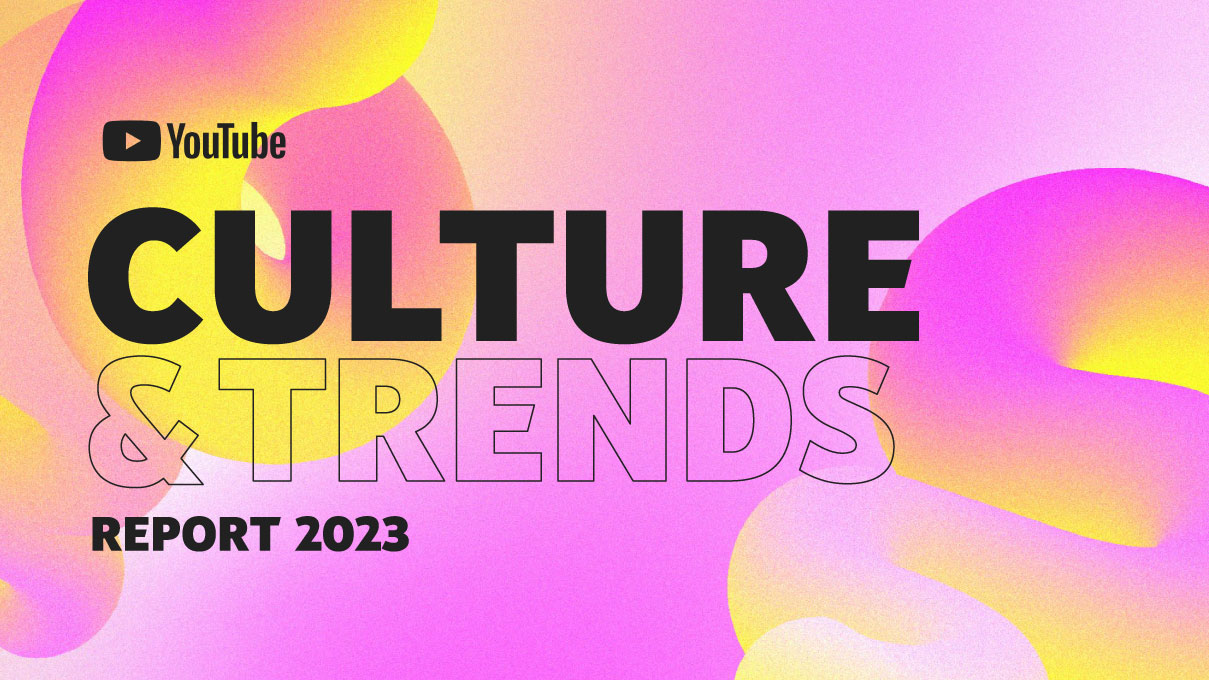Consumers in Southeast Asia (SEA) use search throughout their customer journeys from research to purchase, both online and offline. New data reveals that search drives value in more ways than one, impacting brand metrics and offline sales. Is your brand getting the most out of search?
Across APAC, more and more consumers are gaining access to the internet, and many of them are using their smartphones to get online. Consumers in mobile-first SEA already spend more than four hours on mobile internet every day. That’s a lot of informed, empowered consumers researching and making purchases online (and in-store).
And as more people spend time on their smartphones, their expectations for fast, seamless mobile experiences continue to grow. Today’s demanding consumers expect brands to be there for them with helpful, relevant information, especially when they turn to search.
Looking to get the most out of search? We partnered with Ipsos and Kantar TNS to help better understand the impact of search beyond direct conversions and to outline key opportunities for brands. Keep reading to learn more about how SEA consumers use search to inform purchase decisions and how they’re interacting with brands on search results pages.
SEA consumers turn to search even before they know what to buy
Before they even think about brands, today’s information-hungry consumers conduct research online to figure out what they need in the first place. Holiday shoppers turn to search for gift inspiration, while prospective travelers might use search to figure out how to spend a long weekend. That means you have an opportunity to influence purchase decisions by being present across all searches related to your category (e.g., “best smartphone 2018,” “latest phones 2018,” “smartphone price comparison”) — not just searches that specifically mention your brand (e.g., “iPhone 8 or iPhone X,” “Samsung s9 vs. iPhone,” “Samsung s9 specs”). This is a huge opportunity for brands because SEA consumers start with category-led searches for many verticals.
Learn more about how SEA consumers use search using the dropdown below.
Marketer takeaway: If you’re only buying search ads against brand terms, you’re not reaching as many consumers as you could be. Expand your keyword coverage to include things that users may be searching for before they’ve started considering your brand. By layering audience solutions over these keywords, you’ll be able to reach the right consumers in a more cost-efficient way. For example, Nykaa.com learned that generic search terms can drive incremental sales, even for highly competitive industries like beauty.
Search drives value, both online and offline
SEA consumers aren’t just using search to plan and make purchases online. As smartphones become more and more ubiquitous, consumers are turning to search before, during, and after they visit physical stores. With smartphones in their pockets, people can research recipes before they go grocery shopping or look up product reviews while they’re standing in the aisle. To make sure your digital spend reflects total sales value and not just online conversions, you need to look at the full customer journey beyond the last click.
Learn more about how SEA consumers use search both online and offline using the dropdown below.
Marketer takeaway: Measure the total sales value of your search ads by connecting store purchase data to your search campaigns. This will yield insights that will allow you to better optimize your ads to drive more revenue both online and offline. Use the results to adjust your digital campaigns by device type, location, or specific keyword or product category proven to drive consumers into stores. For example, Sephora used loyalty cards to match in-store purchases with online transactions to learn more about how its customers shopped.
The quality of a brand’s presence on search impacts perception and drives engagement
Today’s mobile-first consumers are used to having a wealth of information at their fingertips, so they expect brands to be helpful and relevant when they turn to search to learn more about products or services, find nearby stores, or make purchases. Whether it’s via search engine marketing or search engine optimization, it’s essential to meet consumers in their moments of need by showing up across search, especially at the top of the page where real estate is most valuable.
Learn more about the importance of being present on search using the dropdown below.
Marketer takeaway: Ensure that your brand appears at the top of the search results page when users express interest in what you have to offer. Give users more reasons to engage with your brand with extensions, or drive sales with Shopping Campaigns. For example, MAGGI drove a 600% increase in incremental visibility and discoverability (by relevant audiences) with Dynamic Search Ads.
Success begins and ends with search
Search continues to be a key value-driver for brands. Don’t miss out on easy opportunities to inform and influence purchase decisions by being present on search throughout the customer journey—from the early research phase to the final purchase decision. Forward-thinking brands that use the latest tools and technologies to maximize their presence on search are the ones that will come out on top.
Methodologies
Google partnered with Ipsos on custom research to uncover insights about how people use search and its role in people’s daily lives. In February 2018, online surveys and offline face-to-face interviews covering both urban and rural areas were conducted with 9,000 respondents across five countries in Southeast Asia. Respondents who answered the survey were smartphone users who access the internet at least once a month. The area of coverage includes (1) mobile and desktop search in Singapore and (2) mobile search for Malaysia, Philippines, Thailand, and Vietnam.
Google partnered with Kantar TNS on custom research to understand how people interact with brands on search results pages and to measure the impact of ad format and brand position on the page. In May 2018, lab tests were conducted with 210 subjects across Singapore, Thailand, and Indonesia. Test subjects were required to wear eye-tracking glasses during the session and answer a combination of qualitative and quantitative survey questions at the end of the session. Verticals included are CPG, Finance, Retail, Telecom, Technology, Travel, and Celebrity News.







